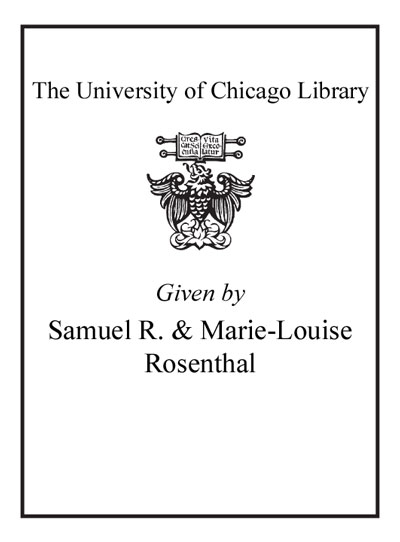Review by Library Journal Review
In this slim but hard-hitting volume, diplomat Kennan (At a Century's Ending, LJ 10/15/95) and historian Lukacs (Destinations Past, LJ 6/15/94) rebut the revisionist argument that the United States, by overhasty action during the waning days of World War II, provoked the subsequent Cold War. Drawn from their exchange of correspondence in 1994-95, it offers insight into the process of transition from wartime cooperation to bitter competition between former allies. The book centers on the evolution of Kennan's thinking from 1944 to 1946, the period preceding the famous Long Telegram and the "X" article in Foreign Affairs outlining his vision of "containment" policy. Kennan argues that, far from acting rashly, Roosevelt and his advisers sacrificed the postwar European order for the sake of wartime alliance cohesion. He also reiterates his long-standing view that containment should not have been carried out primarily through the military. This work illuminates the subtle thinking of one of this century's most influential statesmen. Strongly recommended for academic libraries.James Holmes, Tufts-Harvard Univs., Medford, Mass. (c) Copyright 2010. Library Journals LLC, a wholly owned subsidiary of Media Source, Inc. No redistribution permitted.
(c) Copyright Library Journals LLC, a wholly owned subsidiary of Media Source, Inc. No redistribution permitted.
Review by Kirkus Book Review
By distinguished diplomat and Cold War policy architect Kennan (At the Century's Ending, 1996, etc.) with some input from historian Lukacs (The End of the Twentieth Century, 1993), some brief ruminations on the evolution of America's containment policy in the early years of the Cold War. Americans regarded the Soviet Union in 1945 as the principal ally of the US, by 1947 as its principal opponent. In this correspondence from 1994 and 1995, Kennan, theorist of the policy of containment of Soviet Communism that marked the foreign policies of nine US presidents from 1945 to 1989, explains how US reaction to its erstwhile ally evolved rapidly from unease to active opposition. In February 1946 Kennan, then a subordinate diplomat in the American embassy in Moscow, received a routine request from the Treasury Department for an opinion on Soviet intransigence about the World Bank. His response was the Long Telegram, an historic 8,000-word document that offered a coherent explication of the ``Kremlin's neurotic view of world affairs'' and advocated the use of the ``logic of force'' in response to Soviet aggression. Sixteen months later, Kennan published a seminal article in Foreign Affairs magazine that laid out his simple philosophy of containment: Soviet aggression should be opposed whenever encountered. Kennan explains how his thinking behind the Long Telegram and the article developed from a wartime study of the ruthless, paranoid Stalin regime. And he argues here that if the true nature of life in Russia, and the pragmatic necessity of Soviet-American cooperation during the war, had been explained properly to the American people, many misunderstandings and distortions in that relationship could have been avoided. In particular, Kennan contends, there might have been less of the unjustified tendency of each side to ascribe to the other a desire to dominate Europe through military means. A simple but illuminating exposition.
Copyright (c) Kirkus Reviews, used with permission.
Review by Library Journal Review
Review by Kirkus Book Review

